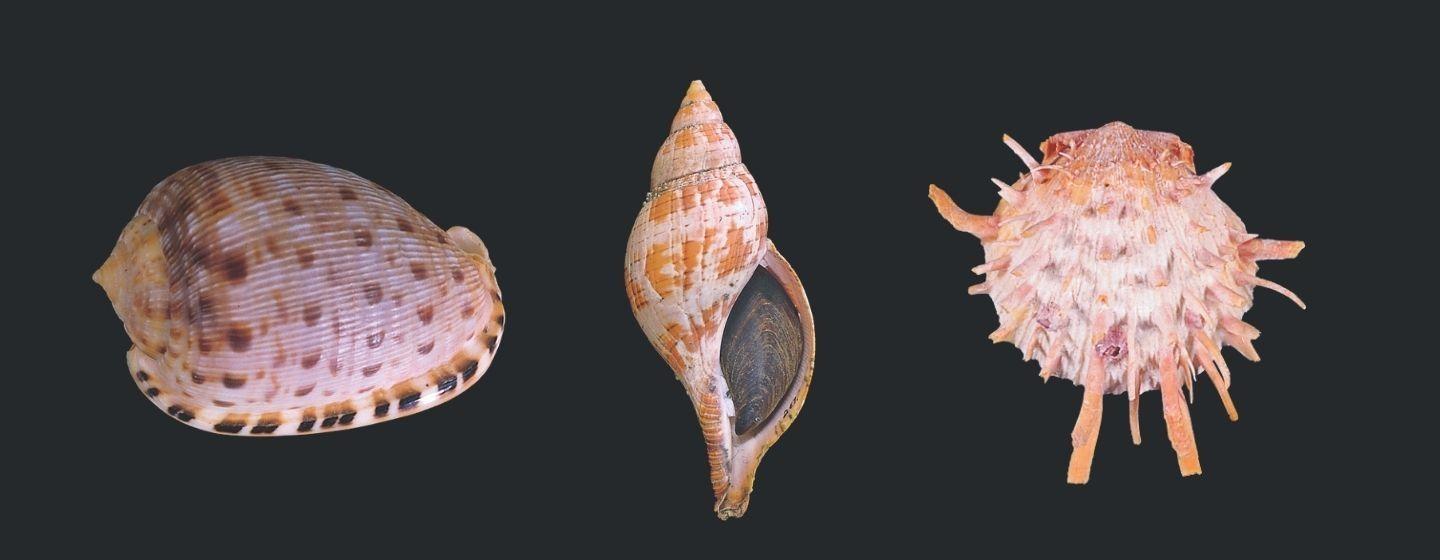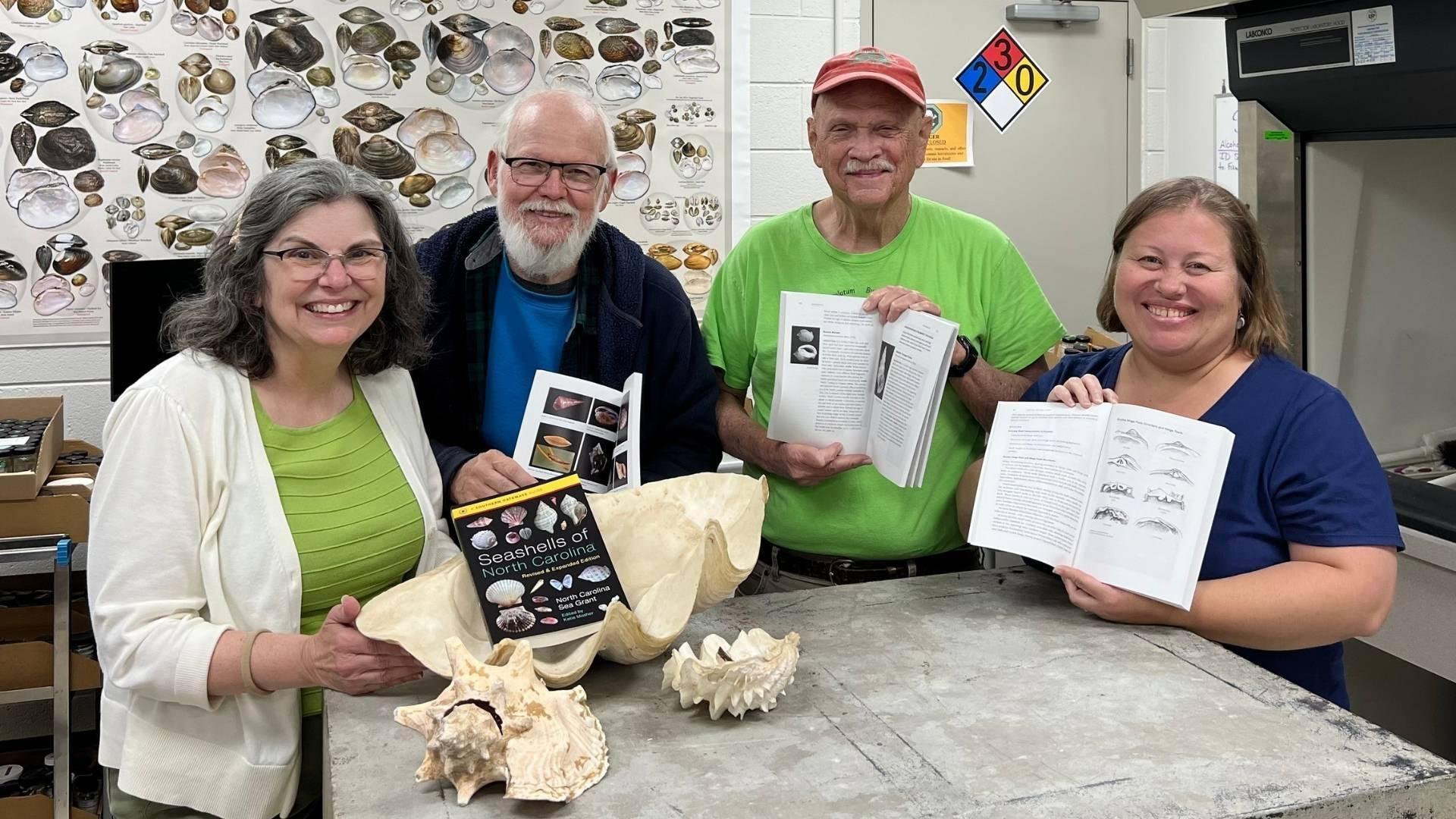An Updated Field Guide for NC Seashells


North Carolina’s beaches are wonderful any time of the year, from the sun and surf to the natural treasures discovered on the shore.
I’m talking about seashells.
Who doesn’t pick up and study at least a couple of seashells during a walk on the beach? Some folks even take home a few as souvenirs.
Well, if you want to learn more about the treasures that dot our coastline, Seashells of North Carolina, a well-known guide first written in 1997, has been revised and expanded. North Carolina Sea Grant has partnered with the North Carolina Museum of Natural Sciences in Raleigh and the North Carolina Shell Club to expand the classic guide, which helps folks identify and learn about NC seashells. The book includes new species, descriptions and imagery, according to its publisher, The University of North Carolina Press.
“When we needed a reprint, we decided it was time to gather a team of scientists and editors to review the existing text and add updates for scientific names and descriptions, along with two dozen more species,” said Katie Mosher in a press release announcing the book. Mosher, who retired as North Carolina Sea Grants’ communications director in 2024, managed the update.

The original guide was written by Lynn Houser and the late Hugh Porter, who spent 55 years at UNC-Chapel Hill’s Institute of Marine Sciences (UNC-IMS). Known as “Mr. Seashell” for his passion for mollusks, Porter helped start the North Carolina Shell Club in 1957. The 136-page book identified over 250 coastal and marine organisms.
In addition to his research, Porter started a seashell collection in 1956 that was on display at UNC-IMS. When he retired in 1996, the collection totaled over 233,000 specimens. It was donated to the North Carolina Museum of Natural Sciences to become part of its mollusk collection.
Curator Arthur Bogan, Ph.D., has used the collection for research and teaching about mollusks and as a resource for the new book.
“The Institute of Marine Sciences’ mollusk collection represents about 50 years of collecting marine mollusks of the North Carolina coast,” said Bogan in the release.
The new edition builds on the original to add new species, the number of which now hits 275. It includes detailed photographs and descriptions, information on the biology and distribution of the creatures and other scientific information, including new research into genetics and anatomy of shells.
“The addition of a unique visual shell index will make shell identification easier than before,” said Ed Shuller, one of the club experts who worked on the new edition.
The authors hope the new book pleases casual beachcombers and scientists alike. That would make Mr. Seashell happy as a clam.
To learn about something else that combs North Carolina beaches—a sand-cleaning robot—check out this Sci NC story.